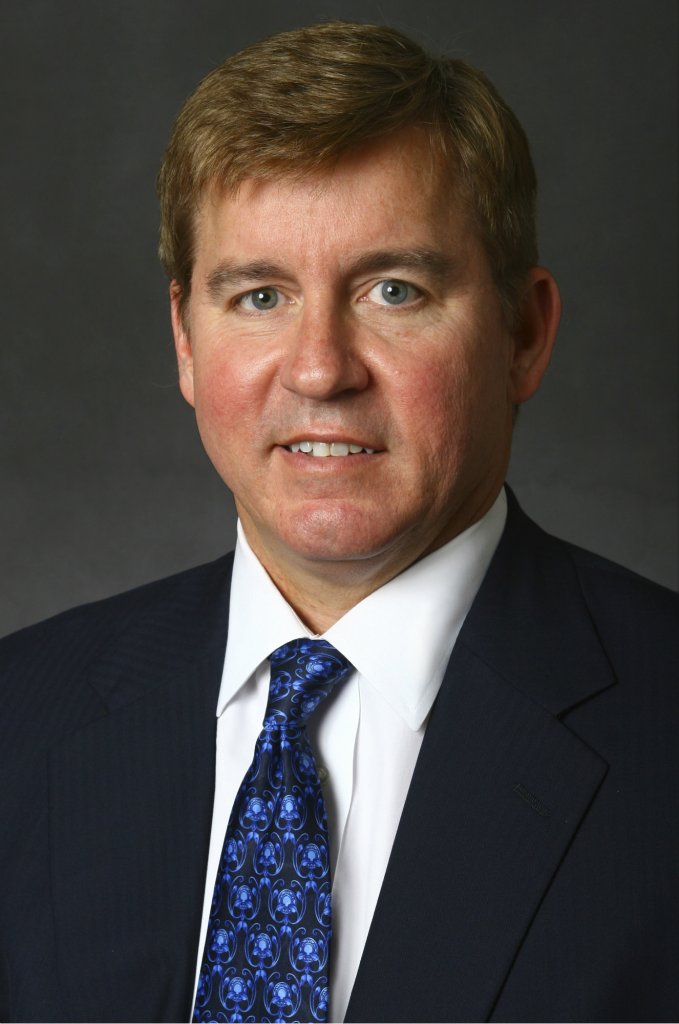Attorneys now must choose micro-specialties and gain as much knowledge as possible about their chosen subject. Fortunately, Gregory Anderson’s life path led him to that place — and it started at age 6.
That’s when the senior partner of AndersonGlenn in Ponte Vedra Beach, Fla., began in competitive swimming. He moved on to a national championship high-school team and was the fourth fastest American high schooler in the 200 meter freestyle. He then swam for Duke University. Throughout this time, he held various aquatics jobs, including lifeguard and facility manager.
At eight, Anderson took up sailing and became just as accomplished there. He even started a boat rental business at 14. He also became a certified SCUBA diver.
“I had a thing for water,” he says.
After Duke came Nova Southeastern University’s Shepard Broad School of Law. Anderson wanted to specialize in product liability and aquatics. “But finding the opening was difficult,” he says.
But when the opportunity arose, he was primed. He learned about a shallow water blackout case in which the victim survived and claimed she suffered a head injury.
Anderson’s contact with Olympic-level coaches and swimmers helped open the door to aquatics law, as he connected instantly with the clients. “It’s strange how it pays off in one’s career,” he says. “Swimming is tribal, so you’re either part of the tribe or you’re not.”
He became perhaps the first attorney to commit to this specialty. In addition to an organic caseload, he serves as legal counsel for The Redwoods Group, a risk-management, consulting and insurance firm for groups serving children. He has represented YMCAs, Girls and Boys Clubs and USA Swimming. He also consults, speaks and writes about how aquatics organizations can minimize risk.
“The role of defense counsel and risk managers in aquatics has changed greatly …” he says. “We have much more medical knowledge about why people get into trouble in the water, and we have much more technical knowledge about how [accidents occur].”
These cases often are disturbing, whether they involve drowning, accidents or sexual violence. But through cases and studies Anderson worked on, the industry knows more about how to protect customers, children and operations.
“The aquatics community is faced with a lot of challenges —nothing we can’t overcome, as long as our priorities are … providing facility and services to our customers, kids, coaches, swimmers, and divers. They have to come first.”
